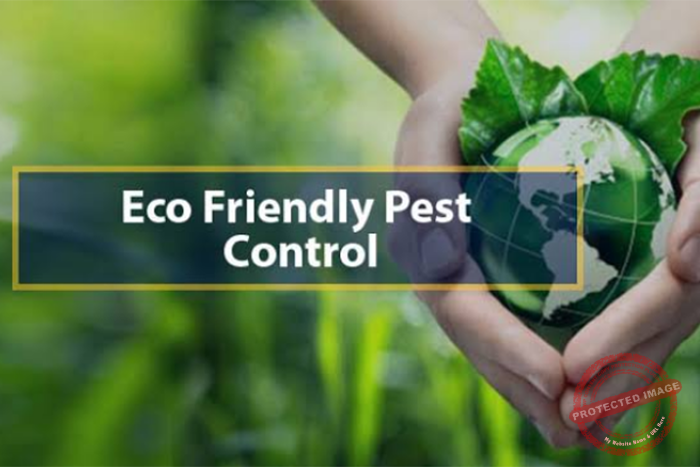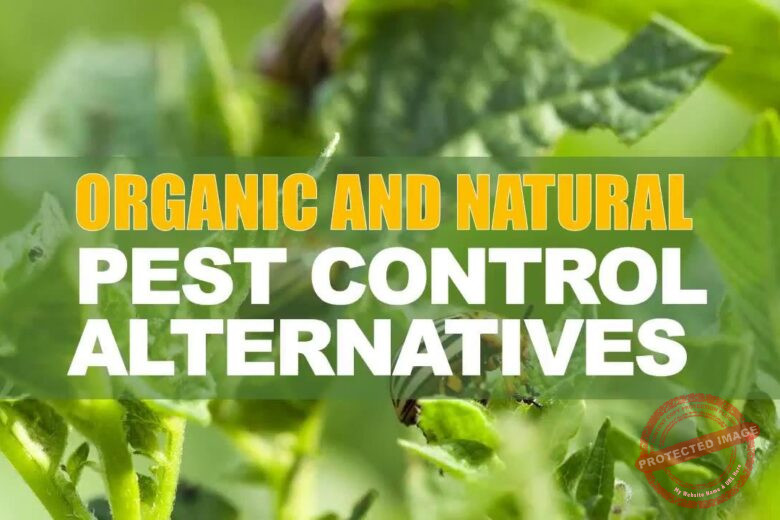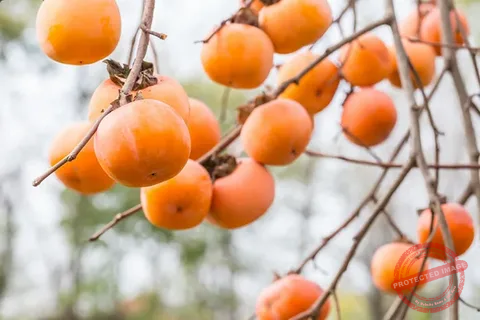If you’ve ever tried to move a harvest of corn, tomatoes, or even fresh eggs from your farm to the market, then you know farming doesn’t end in the field. The real journey begins after harvest. I remember a season when my sweet potatoes sat in storage for days because the trucks meant to pick them up broke down. By the time they reached the buyers, some had already spoiled. That’s when I realized the agri supply chain is just as important as planting seeds or caring for livestock. Without it, your hard work never reaches the customer in good shape.
Fast forward to 2025, and things are changing fast. Technology, climate issues, consumer demand for traceability—these are all shaping how we move food from farm to fork. It’s not just about growing anymore; it’s about managing systems, data, and partnerships. Agri supply chain management is becoming the backbone of modern farming, and farmers like you and me have no choice but to keep up if we want to survive.
But don’t let the big words scare you. Yes, you’ll hear about blockchain, smart sensors, and digital platforms, but at the end of the day, it’s still about getting your harvest safely to the people who need it. Think of these trends as tools. Just like you’d upgrade a rusty plow for a tractor, these are upgrades for the way we handle the business side of farming. So, let’s dig into what the future of the agri supply chain looks like and how it might affect you, me, and every grower out there.
1. Digitalization of the Agri Supply Chain
One big trend in 2025 is the use of digital tools to monitor, plan, and move farm products. From apps that tell you the exact condition of your storage bins to platforms that connect farmers directly with transport companies, everything is becoming more connected.
Think about it—how many times have you lost money because of delays? With digital tracking, buyers can see where the product is at any given time, and farmers can spot bottlenecks before they become disasters. It’s not just convenience. It’s survival in a competitive market.
2. Blockchain for Transparency
You’ve probably heard the word “blockchain” and thought it was just something for cryptocurrencies. But in 2025, it’s showing up in agri supply chain management in a big way. Consumers want to know where their food comes from. Was it grown sustainably? Was it handled safely? Blockchain creates a digital record from farm to shelf that can’t be tampered with.
A dairy farmer near me told me how his cooperative adopted blockchain tracking. Now, when his milk hits the shelves, buyers can scan a code and see the entire journey—from cow to carton. That’s trust you can’t buy with just words.
3. AI and Predictive Analytics
Ever wish you could predict market prices before planting? Or know when transport disruptions might hit? Artificial intelligence is helping farmers and distributors do just that. Predictive analytics takes weather patterns, fuel costs, and consumer demand into account to forecast risks and opportunities.
I once planted twice as much lettuce because last year’s demand was high. But prices crashed, and I barely broke even. With AI tools, that kind of gamble gets easier to manage. It doesn’t make farming risk-free, but it gives you better odds.
4. Cold Chain Innovations
Freshness is gold, and for perishable goods, the cold chain is the lifeline. In 2025, new cooling technologies, solar-powered refrigeration, and real-time monitoring sensors are becoming standard. No more guessing whether your strawberries spoiled during transport—they’ll ping you with updates on temperature changes.
This is a big deal for small farmers selling fruits, vegetables, or dairy. A neighbor of mine started using mobile solar coolers, and now his produce reaches supermarkets crisp and fresh instead of wilted.
5. Localized Supply Chains
Another trend we’re seeing is the shortening of supply chains. Instead of shipping food halfway across the country, farmers are working with local co-ops, retailers, and restaurants. This reduces transport costs and strengthens community ties.
I’ve noticed buyers at farmers’ markets asking more often, “Was this grown nearby?” That local pride matters. For us farmers, it also means less time worrying about cross-country logistics and more focus on quality.
6. Climate-Resilient Supply Strategies
Let’s not ignore the elephant in the barn—climate change. Droughts, floods, and heat waves are making supply chains fragile. In 2025, more farmers are investing in climate-resilient practices and infrastructure. Diversified crops, better storage, and risk-sharing cooperatives are helping reduce losses.
I remember a flood wiping out access roads to my farm one season. Now, with better planning and shared resources, farmers in my county have backup routes and agreements to help each other out. That’s the kind of resilience we all need moving forward.
7. Direct-to-Consumer Platforms
Farmers are cutting out middlemen using online platforms and subscription models. Ever heard of “farm-to-doorstep” services? They’re booming in 2025. Customers order directly from farms, and logistics services handle the rest.
One poultry farmer I know set up a direct delivery service for eggs. He now earns more because he doesn’t have to share profits with big distributors. It’s not easy to manage, but software makes it possible, even for small-scale farmers.
8. Sustainable Packaging
Plastic waste has been a hot topic for years, and it’s reshaping supply chains. Biodegradable packaging, reusable crates, and minimal wrapping are becoming industry standards. This isn’t just about consumer demand—it’s also about meeting new regulations in the U.S. and abroad.
If you sell produce, switching to eco-friendly packaging could set you apart. It may cost a little more, but buyers often choose sustainability over a few cents of savings.
9. Smart Logistics and Drones
Yes, drones are not just for taking pictures of your fields anymore. In 2025, some companies are using them for small-scale deliveries, especially in rural areas where trucks can’t reach easily. Combine that with smart logistics software, and you’ve got faster, more efficient delivery systems.
Imagine sending honey jars to a nearby town with a drone instead of waiting for a truck. Sounds futuristic, but it’s already happening.
10. Data Sharing Between Farmers and Buyers
Transparency isn’t just for consumers. Buyers want reliable data on yields, planting schedules, and expected supply. Farmers who share this data are building stronger partnerships. It reduces uncertainty and ensures smoother planning across the chain.
I’ve started sharing my crop forecast with a local grocery chain. Now they know when to expect fresh corn, and I know I’ll have a guaranteed buyer waiting. That kind of planning removes a lot of stress.
11. Focus on Smallholder Farmers
Big corporations usually dominate supply chains, but in 2025, smallholder farmers are finally getting attention. Programs and platforms are being developed to help them access markets, storage facilities, and financing.
This shift is crucial. Without it, the future of farming becomes too centralized. With it, more voices and more diverse products enter the market.
12. Financing and Insurance Tools
Crop insurance, digital loans, and supply chain financing are becoming more accessible through mobile apps. In the past, farmers had to rely on slow, complicated processes. Now, fintech is bringing financial tools directly to the farm.
I used a farm loan app last year to cover irrigation repairs. It saved my season and helped me avoid selling livestock just to keep afloat.
FAQs about Agri Supply Chain Management
Q: Is agri supply chain management only for large farms?
Not at all. Small farms benefit even more by reducing waste, improving delivery, and building trust with buyers.
Q: How expensive is it to adopt digital supply chain tools?
Costs vary, but many apps and platforms are affordable, especially with cooperative memberships or government subsidies.
Q: Will local supply chains replace global ones?
Not completely. Both will exist, but local supply chains are becoming stronger as consumers push for fresh, traceable food.
Q: Do farmers need to understand blockchain or AI to use them?
No, most tools are designed to be user-friendly. You don’t need to be a tech expert—just willing to try.
Q: What’s the biggest benefit of these supply chain changes?
Less waste, better profits, and stronger trust between farmers, buyers, and consumers.
How-to: Steps to Adapt to the Future Supply Chain
-
Start small: Pick one tool, like digital tracking or cold storage, and try it.
-
Join a cooperative: Shared resources make adoption cheaper and easier.
-
Connect with buyers: Share data, build trust, and secure long-term contracts.
-
Invest in training: Workshops and online courses can help you learn without big costs.
-
Plan for resilience: Have backup routes, diversified crops, and insurance.
Closing Thoughts
The agri supply chain is no longer just about moving food. It’s about building connections, earning trust, and staying ahead of challenges that change every season. 2025 is bringing big shifts, but if we approach them step by step, they don’t have to be scary.
I know what it feels like to have crops spoil because of bad logistics. I also know the relief of seeing your produce arrive fresh and loved by buyers. That’s the future we’re all aiming for—one where farmers are respected, consumers are happy, and the chain between us is strong.
So, as you look ahead, ask yourself: which part of your own supply chain needs attention first, and what small change could make the biggest difference this year?
![How To Buy Farmland For Investment [Farmer’s Guide]](https://agrolearner.com/wp-content/uploads/2024/01/Farmland.jpg)


